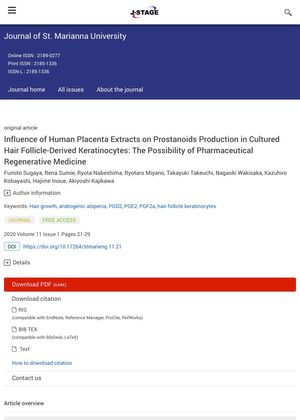TLDR Human placenta extract may promote hair growth by affecting certain lipid compounds.
The study from 2019 investigated the effects of human placenta extract (HPE) on hair loss, specifically its impact on arachidonic acid metabolism in cultured hair follicle-derived keratinocytes. The research found that HPE enhanced the production of prostanoids PG-E2 and PG-F2a, which are associated with hair growth, while it decreased the production of PG-D2, which is linked to hair loss. The study also found that HPE significantly increased the PG-E2/PG-D2 and PG-F2a/PGD2 ratios, suggesting that the effects of HPE on hair growth could be mediated by its effects on arachidonic acid metabolism. In contrast, the hair growth medication minoxidil showed no significant effect on arachidonic acid metabolism.
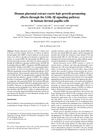 20 citations
,
August 2015 in “International Journal of Molecular Medicine”
20 citations
,
August 2015 in “International Journal of Molecular Medicine” Human placental extract may help hair growth by affecting certain cell signals and could be more effective with minoxidil.
 14 citations
,
March 2015 in “Clinical and Experimental Dermatology”
14 citations
,
March 2015 in “Clinical and Experimental Dermatology” Human placental extract and minoxidil together significantly promote hair growth.
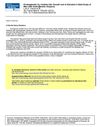 205 citations
,
March 2012 in “Science Translational Medicine”
205 citations
,
March 2012 in “Science Translational Medicine” PGD2 stops hair growth and is higher in bald men with AGA.
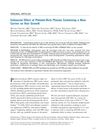 166 citations
,
August 2011 in “Dermatologic Surgery”
166 citations
,
August 2011 in “Dermatologic Surgery” Platelet-rich plasma with a new carrier significantly increases hair thickness without serious side effects.
169 citations
,
June 1998 in “Journal of Investigative Dermatology” Male pattern baldness is likely caused by multiple genes, not just 5α-reductase genes.
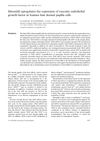 192 citations
,
March 1998 in “British Journal of Dermatology”
192 citations
,
March 1998 in “British Journal of Dermatology” Minoxidil boosts growth factor in hair cells, potentially promoting hair growth.
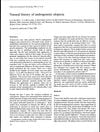 7 citations
,
January 1990 in “Clinical and Experimental Dermatology”
7 citations
,
January 1990 in “Clinical and Experimental Dermatology” Hair loss gradually happens, and minoxidil helps regrow hair.
6 citations
,
February 2012 in “American Journal of Animal and Veterinary Sciences” Growth factors are crucial for hair follicle growth and development.
10 citations
,
January 2004 in “PubMed” Radiation increases cell death in hair follicles, but certain treatments can protect against this effect.
69 citations
,
January 1995 in “PubMed” Mouse melanocyte structure and function are influenced by genetics, hormones, and environmental factors.
